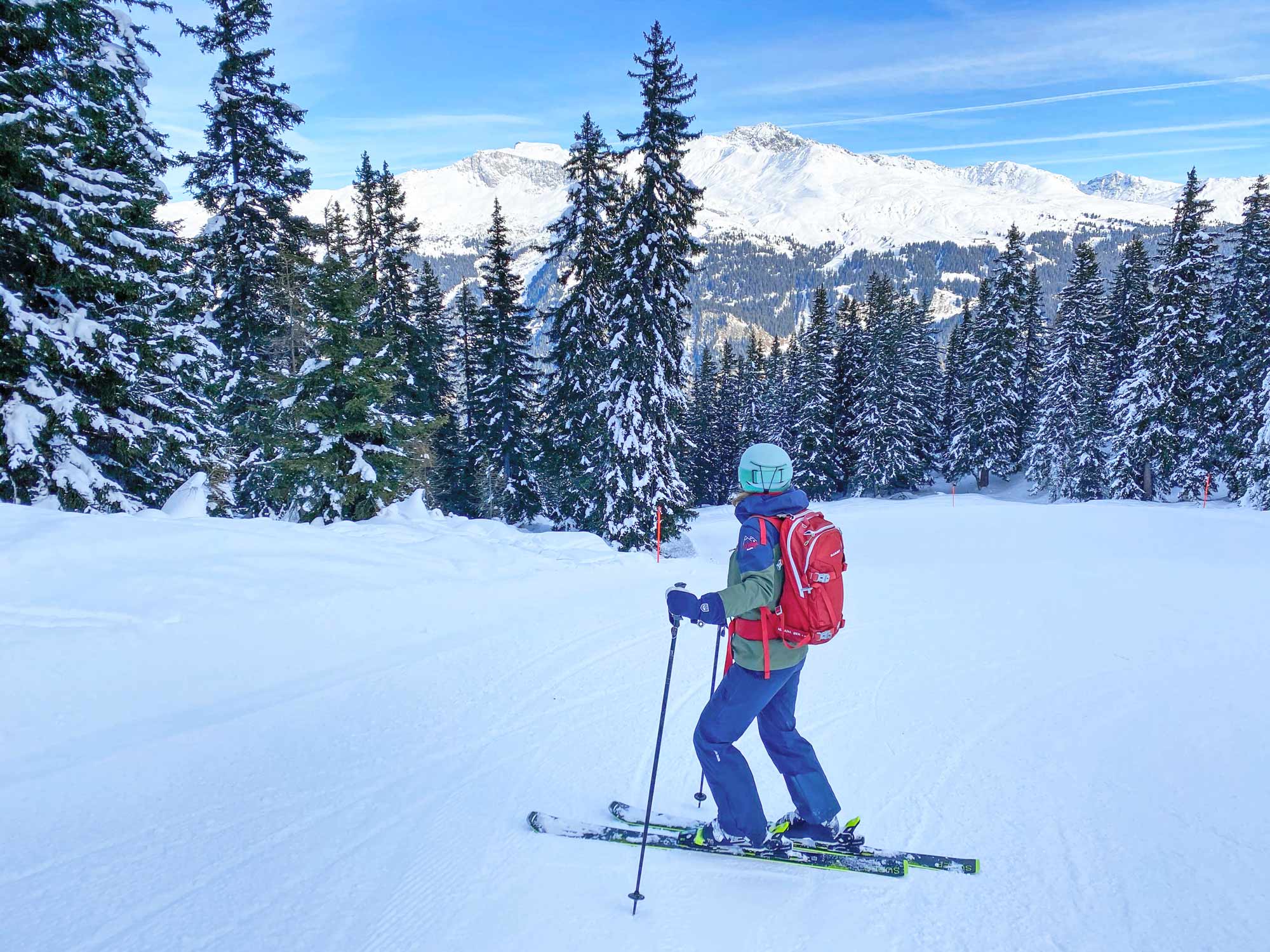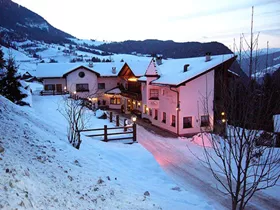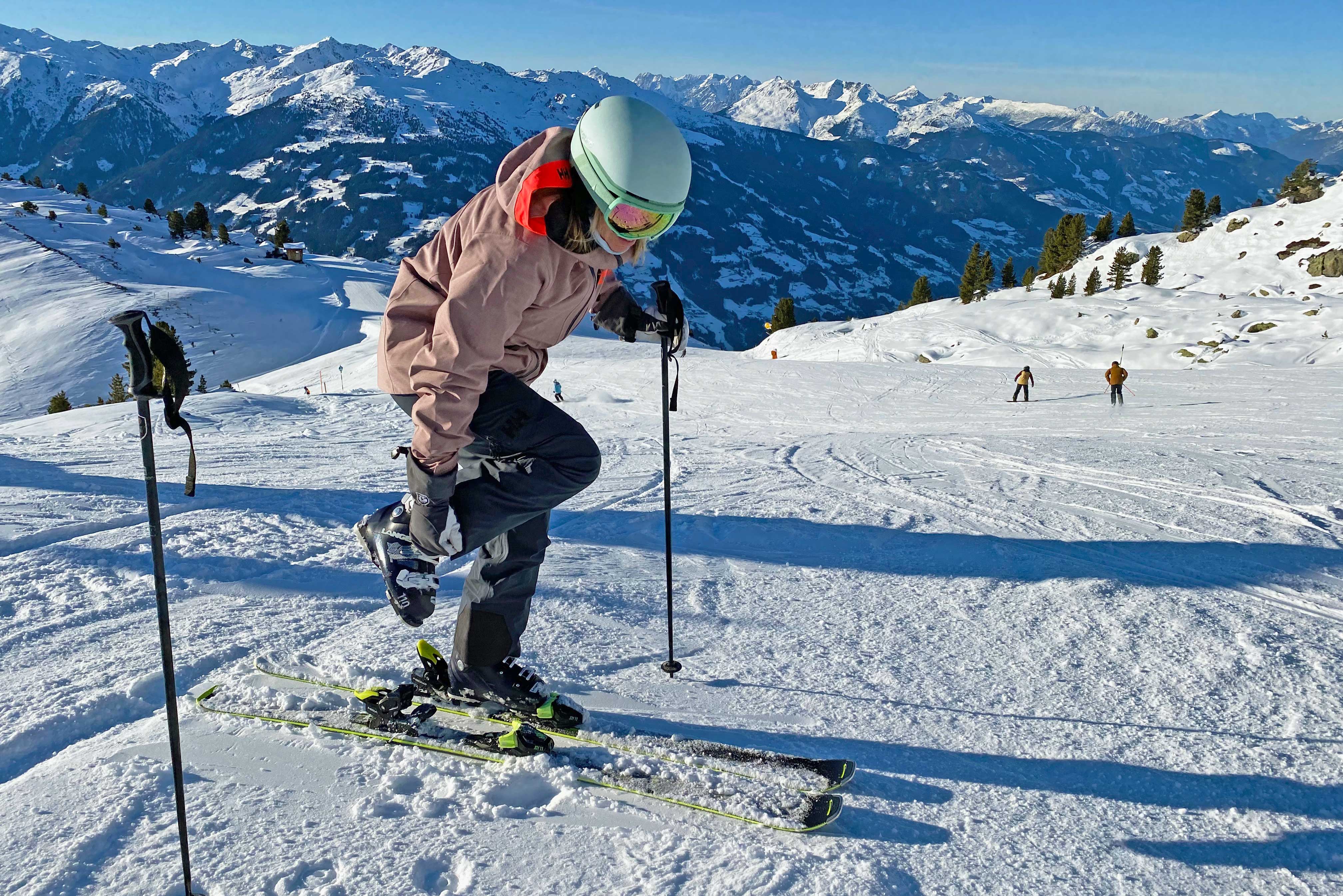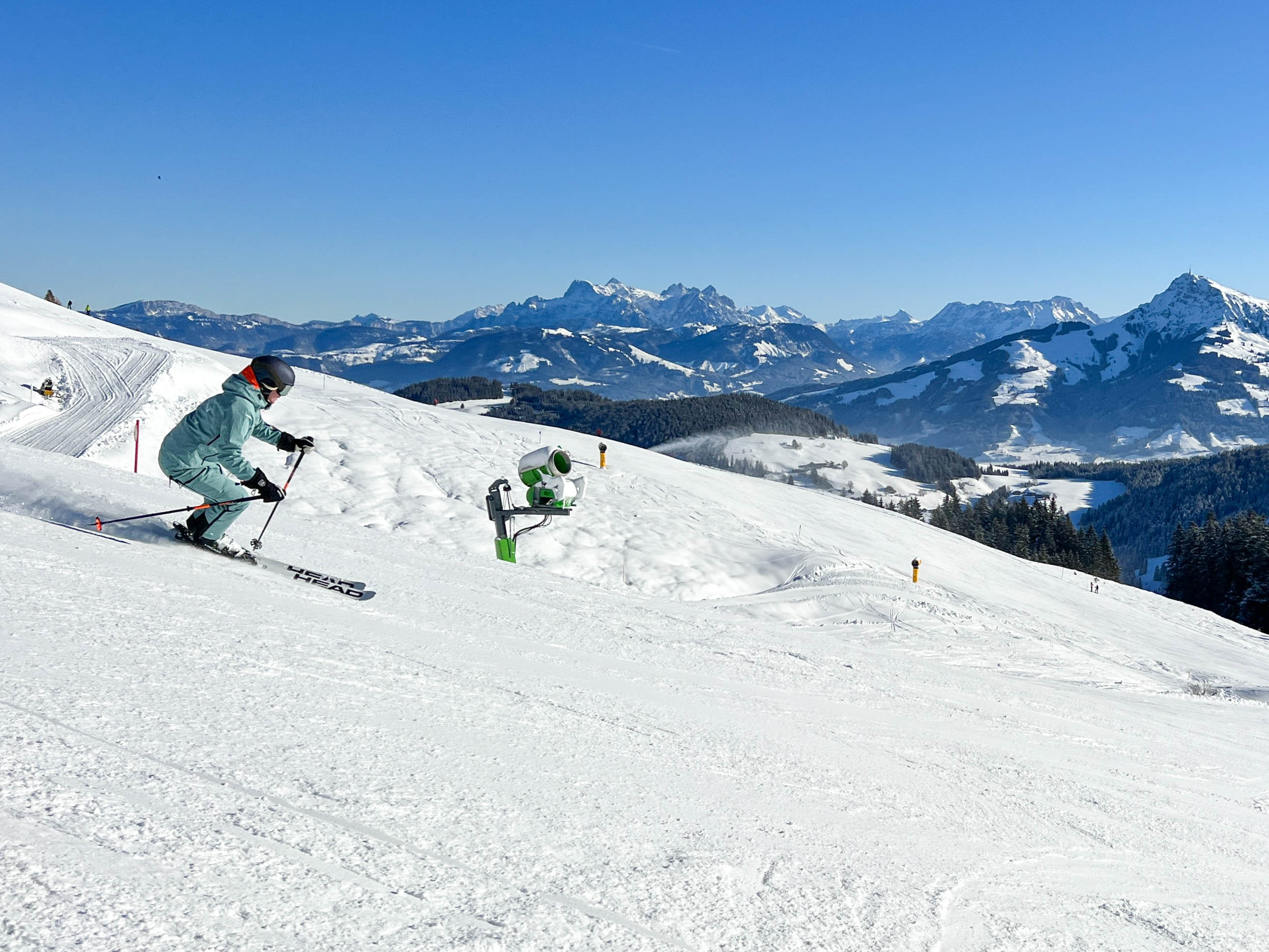

Early-season skiing is marred by the possibility of icy slopes. It’s no reason to cancel your ski holiday, but it helps to know the proper technique. After all, a fall on ice can send you to the emergency room faster than you can say ‘emergency travel insurance’. Following are some words of wisdom about how to ski icy slopes.
1. Proper stance
Proper stance is important while skiing and even more so when skiing ice. Backseating, or leaning too far back on your skis, is one of the most common mistakes skiers make, and it actually makes you go faster, which is NOT what you want when you’re facing down a steep black slope! Instead of shrinking away from the slopes, keep your knees bent in a central position and lean your upper body slightly forward. This will help you maintain control over your skis.
2. Lean into the edges
Of course, if you’re planning to ski on ice, the very first thing to do is make sure your edges are properly sharpened, otherwise you’ll have no grip at all. Now that you’re confident in your edges, use them: put pressure and try to ‘ride’ your edges so you can maximise your grip on the slippery ice. Your skis should be digging into the ice by the edges; if they’re flat on the snow,you’re doing something wrong.
3. Find the powder patches
Most skiers sail down the centre of the slope, scraping off what little fresh snow there was and leaving an extra-slippery path in their wake. Try seeking out powder patches to the sides of the piste, but be careful not to send yourself flying over the edge if you fail to complete your turn! Wherever possible, it helps to turn on the patches of deeper snow – this will slow you down better than turning on ice.

4. Don't panic
It's rare for a mountain to be entirely 100% ice (although this happened to me once, the day after it rained all over the fresh powder). You can usually comfort yourself by remembering that most icy slopes eventually turn into slushy slopes as you descend lower down the mountain. Most of all, don’t panic. The best way to reach the bottom in one piece is by skiing in a calm and collected manner.
5. Don't let the sounds scare you
Yes, it sounds impressive when you hear your edges scraping against the ice. Your mind might even send you fleeting thoughts of hospital beds and x-rays showing multiple broken bones. But just because skiing on ice sounds like nails on chalkboard doesn’t necessarily mean there’s any cause for alarm. Just remember your ice-skiing techniques and use this opportunity to practise being an all-weather skier. Good skiers can ski well on bluebird days but great skiers master all the conditions!














